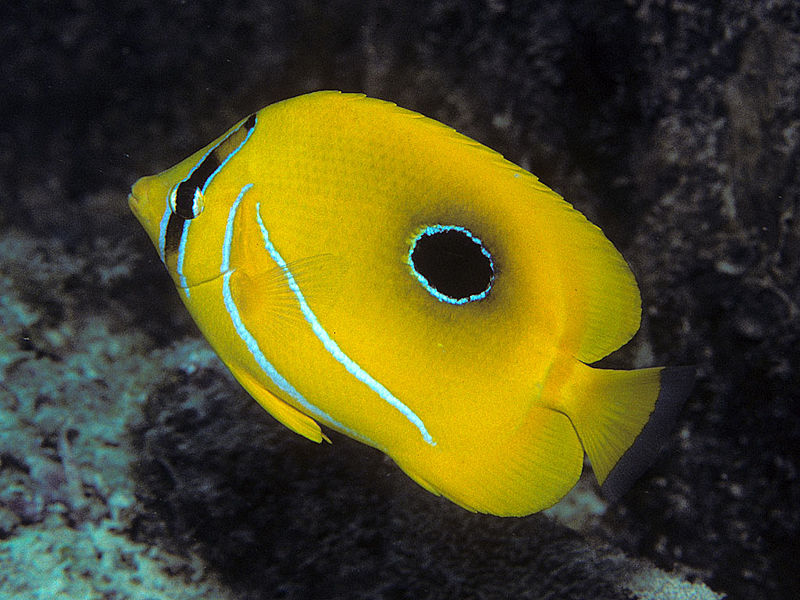Only two days left of the Deep Sea Adventure but I promise the next two fish will end the week the right way. As well, I have thought about the theme for the second week of holidays but I won’t tell you until next Monday! All right, fine, I will give you a hint. I will tell you that each Wild Fact will be a combination of a couple of animals. That isn’t until next week so lets finish this week first.
Wild Fact #887 is going to talk about the Icefish which is appropriately named since you will mostly find them around Antarctica. These fish survive in temperatures from -2 to 4 degrees Celsius (28.4 to 39.2 degrees Fahrenheit). I know you are all astute readers so you may be wondering how the temperature of the water can be colder than the freezing point. No, these fish are not living in ice although it might feel like it. Actually, the dissolved salt lowers the freezing point in seawater. I won’t get into the chemistry of it but the freezing point of salt water is lower than that of freshwater systems.
As you can imagine, these fish have some interesting adaptations that allow them to live in such frigid waters. The first is the presence of an antifreeze glycoprotein in their blood and body fluids. Obviously, this is important as it ensures the bodily fluids of the icefish don’t turn into, well, ice. For the record most species in the freezing waters of the Antarctic can create this antifreeze. The second major adaptation the icefish has evolved is actually a reduction in hemoglobin, which is responsible for attaching and transporting oxygen throughout the blood. The blood of most animals contain about 45% hemoglobin while the icefish only has about 1%. They don’t need as much as other animals since one of the features of extremely cold water is a high oxygen content. There is so much oxygen in the water, the icefish simply absorbs what they need to survive. Well, I don’t know about the rest of you but I am getting a chill just from thinking about all of this so I am off to go and warm up.
Have a great day!







